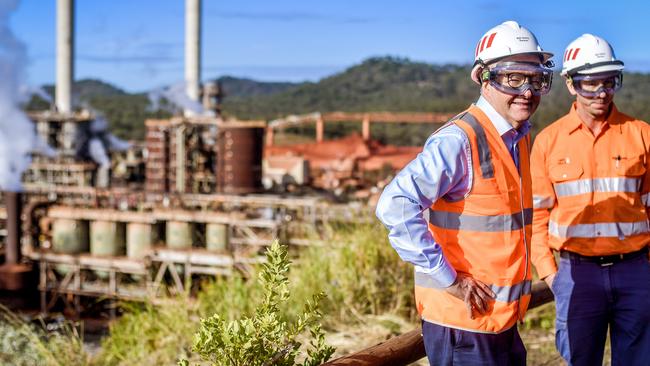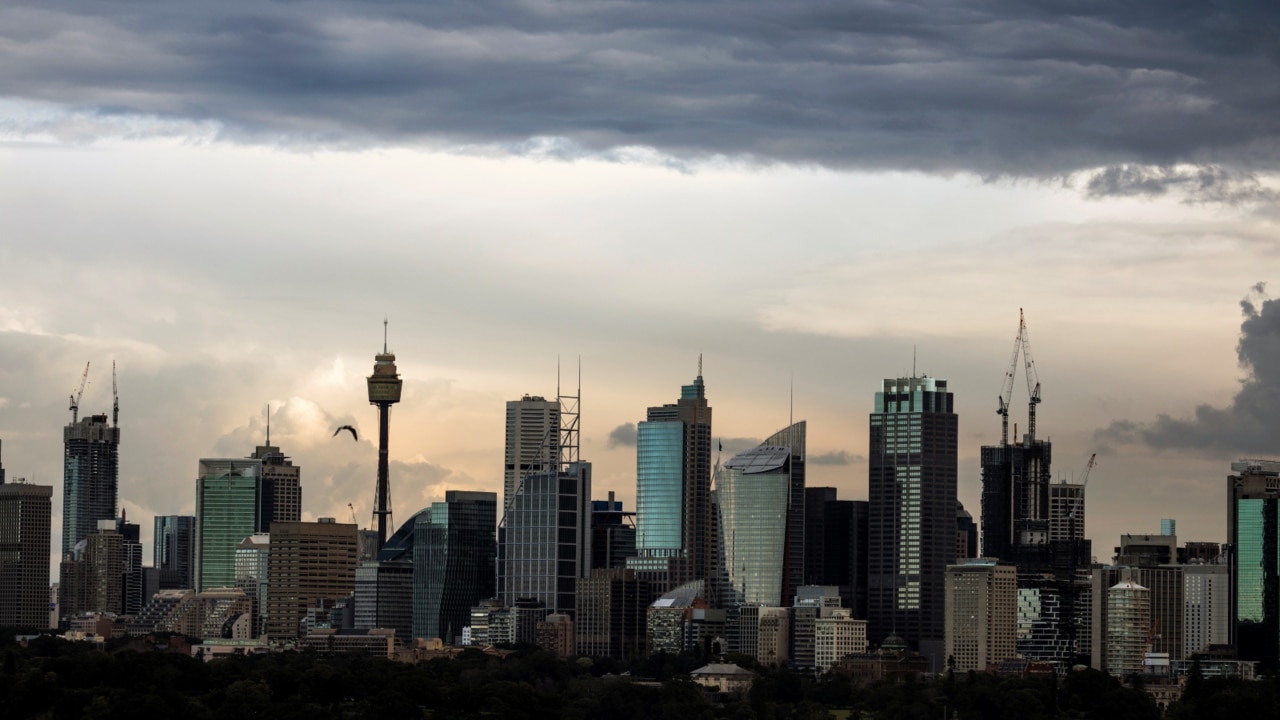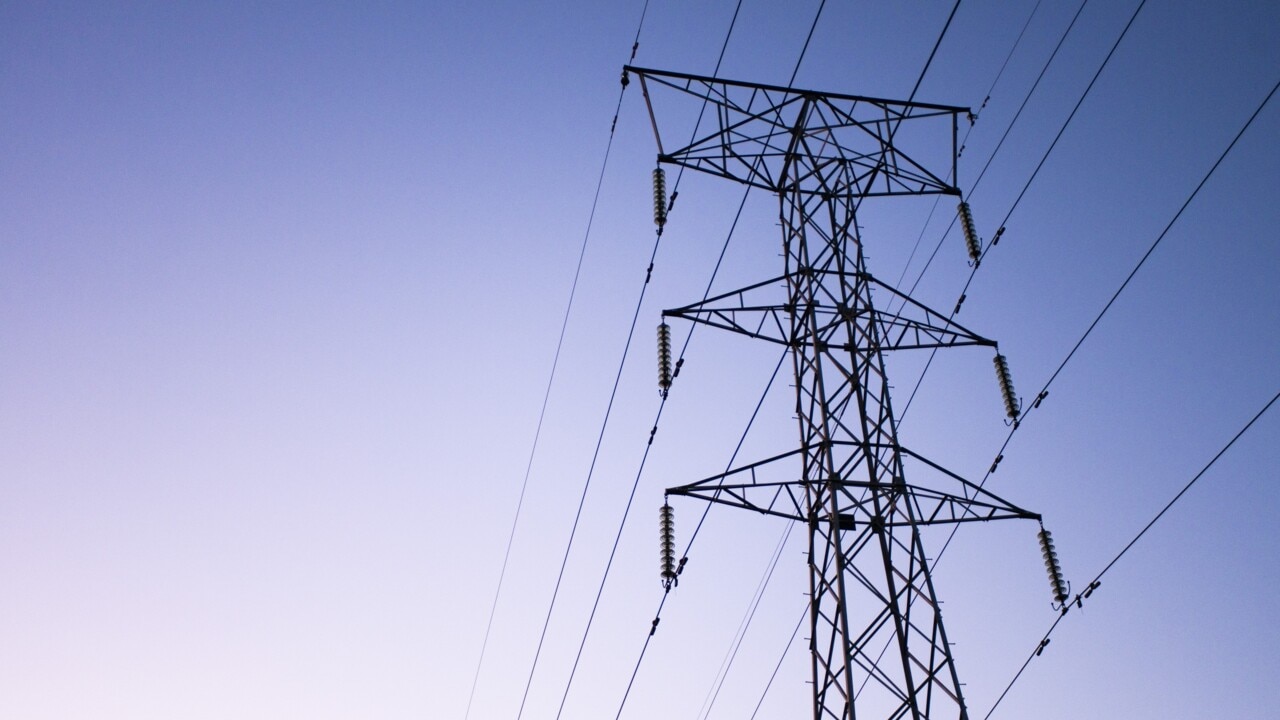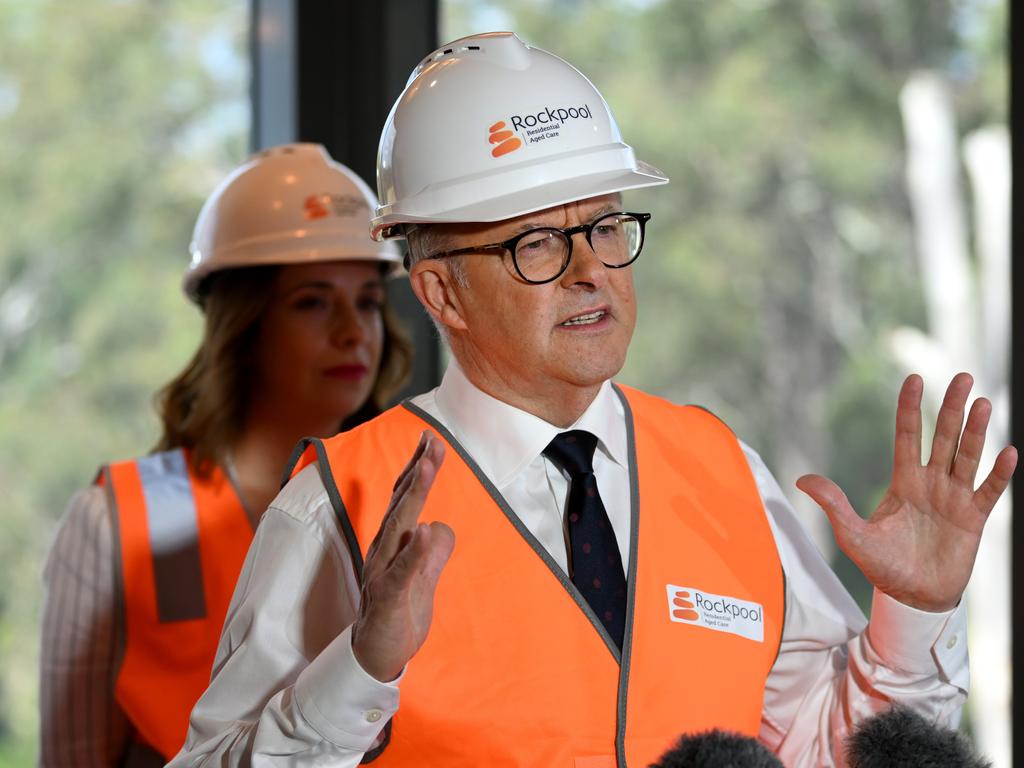Power crisis deepens: regulators shut market down
NSW households have been asked to cut power use for a third consecutive night as regulators seized control of the electricity market to deal with a supply crisis.

Households in NSW have been asked to cut their power use for a third consecutive night as regulators were forced to seize control of the entire electricity market for the first time in more than two decades to deal with a continuing supply crisis.
The Australian Energy Market Operator said it would control all prices and supply of generation in a bid to stop power shortages and spiralling household energy bills.
The AEMO move came as officials again urged NSW residents to cut energy use, while the country’s biggest electricity user, Tomago Aluminium, was forced to curtail production to reduce the chance of a blackout.
AEMO called in emergency electricity supplies in NSW and Queensland to keep the lights on.
Anthony Albanese and Energy Minister Chris Bowen will meet industry and union leaders on Thursday to discuss the crisis.
Mr Bowen said that while blackouts had so far been avoided, the grid remained vulnerable to unexpected system outages. “The system is under pressure,” he said.
An emergency phone hook-up will be held with the electricity industry on Thursday morning to discuss how the market suspension will work, as retailers and generators scrambled to brief their trading teams on the new rules. In taking control of the national electricity market, AEMO said it had become impossible to operate.

The suspension of wholesale electricity trading, imposed at 2.05pm on Wednesday, was -justified to stabilise the power system. AEMO will review the suspension daily.
With about 1800MW of coal-fired power not operating in Queensland and more capacity offline in the southern states, energy regulators wanted greater oversight of generators’ bidding, cost-shifting and reasoning as to why power stations were not operating at higher capacity.
Senior government sources have warned that the crisis is far from over, with unseasonably cold weather expected to increase pressure on supply shortages and price spikes through winter.
AEMO chief executive Daniel Westerman said: “What we’re seeing is very challenging times. Right now, it would seem that the market is not able to deal with all of the factors that are thrown at it.”
Australian Energy Regulator chair Clare Savage said that, while the immediate threat of blackouts had passed, costs would be passed on to energy consumers.
Ms Savage said that, with supply still “very tight”, the financial cost of the price cap on regulators, put in place to avoid gouging, would be passed on to consumers “at some point in the future”.
“What we will see is there may be generators who are paying very high coal or gas prices at the moment and there are a number of reasons why these prices are high,” Ms Savage said.
“Those costs will be scrutinised, and only those genuine costs will be passed to consumers.”
The Australian Energy Council, which represents the big generators, said AEMO had had little choice.

“It’s a radical step, reflective of the extreme market conditions,” said AEC chief executive Sarah McNamara. “A suspended market is better than where we were before: where some generators were in the market while others were being directed. We need to do everything we can to resolve this crisis as quickly as possible.”
The Australian Industry Group said the energy crisis was intensifying. “Worried energy users need confidence as the situation develops so they know what they will pay, that prices are not being manipulated and whether the lights will go out,” said Ai Group chief executive Innes Willox.
Peter Dutton said the worsening energy crisis was “completely untenable” with businesses and families facing enormous pressure. The Opposition Leader said Australians should not underestimate how “precarious the energy market is right now” and warned that Labor was transitioning to ¬renewables “too quickly” and “spooking the market”.
The Grattan Institute’s Tony Wood said suspending the national electricity system was the right course of action as the market had stopped working properly.
“To some extent it’s better than intervening every day and pretending to use a price cap to try and get the market going again when it doesn’t,” Mr Wood said.

After a $300 per megawatt hour cap was put in place, generators withheld 5GW of generation on Tuesday given some of that supply would have run at a loss. That meant AEMO was forcing generators to supply the market through daily interventions to avoid blackouts.
Under the suspension, AEMO will apply a predetermined pricing schedule for each state. Sources said this was likely to be between $300MWh and $500MWh, with the calculation based on the past four weeks of average wholesale spot prices.
“I’m sure they would have talked to the government before they did it,” Mr Wood said. “And it’s appropriate that they do it rather than the government intervene politically.”
Origin Energy said it was focused on returning capacity online and working out the mechanics of fuel availability and cost under the market suspension. “We believe there needs to be an urgent focus on how to bring as much power capacity back into the market as quickly as possible, including addressing coal supply and transport constraints to a number of plant, so that we can start to bring some stability back to the NEM,” said Origin’s head of energy supply and operations, Greg Jarvis.
The market suspension will allow AEMO to have greater visibility of the amount of generating capacity available to the market as a whole, which can then be directed to feed into the market. This is in contrast to the usual reactive approach in which power generators decide whether to bid into the market depending on the price, leaving AEMO to direct more generation if there is a shortfall.
“We’re creating a simple process where AEMO has true visibility of which generators are available and when, in advance, rather than relying on last minute interventions,’’ Mr Westerman said. “That visibility will help us to manage the system in real-time, as well as to understand the balance of supply and demand in the periods ahead.”
ADDITIONAL REPORTING: GEOFF CHAMBERS
More Coverage







To join the conversation, please log in. Don't have an account? Register
Join the conversation, you are commenting as Logout